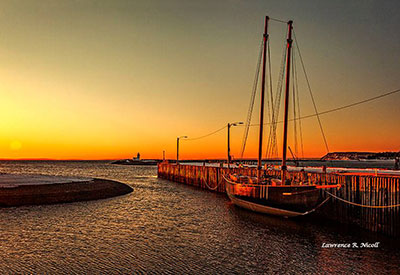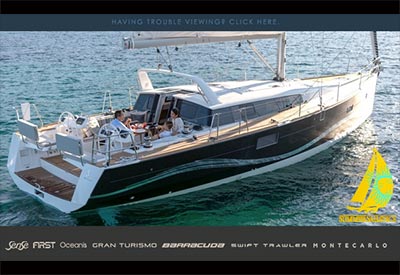News: Another Toronto waterfront bridge arrives

Dec 23, 2021
On December 8, Mayor John Tory, and Toronto City Councillor Paula Fletcher marked the arrival of a colourful new bridge that will become a landmark on Toronto’s skyline, connecting the future Villiers Island to surrounding revitalized Port Lands.
The 110-metre long bridge will span the future mouth of the Don River, where Cherry Street currently meets the Polson Slip. This is the third bridge to be delivered as part of the Port Lands Flood Protection project, with the final Cherry Street North vehicular bridge scheduled to arrive in Spring 2022.
 The Port Lands Flood Protection project is jointly funded by the Government of Canada, the Province of Ontario and the City of Toronto and will provide flood protection for areas east of the Don River and Port Lands, with the south side of Villiers Island to be bounded by a new naturalized river valley featuring extensive open green space and new public amenities.
The Port Lands Flood Protection project is jointly funded by the Government of Canada, the Province of Ontario and the City of Toronto and will provide flood protection for areas east of the Don River and Port Lands, with the south side of Villiers Island to be bounded by a new naturalized river valley featuring extensive open green space and new public amenities.
Villiers Island is also anticipated to become the first climate-positive community in Canada. Its future development, along with the McLeary District, the Unilever Precinct, and more, is made possible through the Port Lands Flood Protection Project.





























